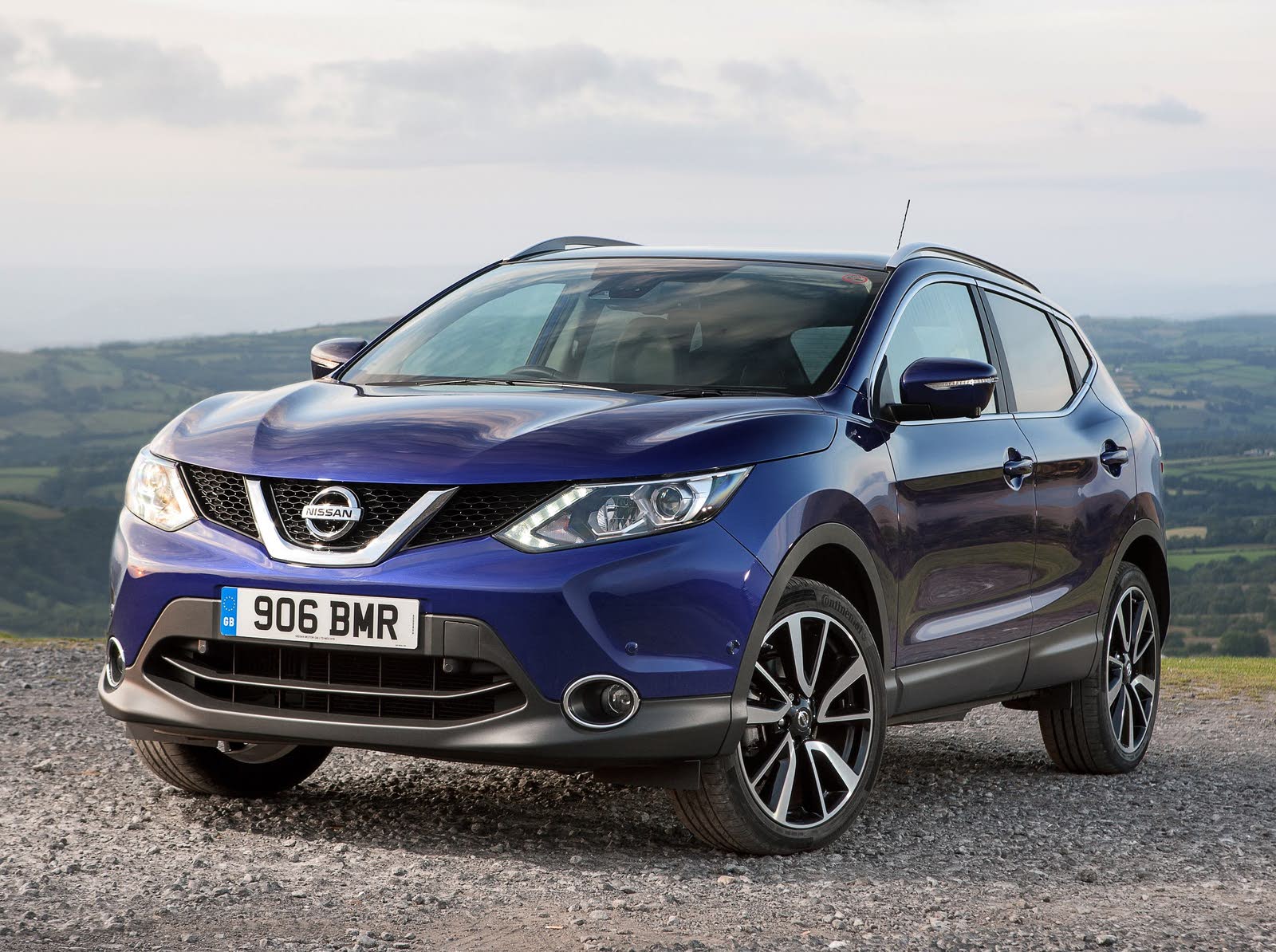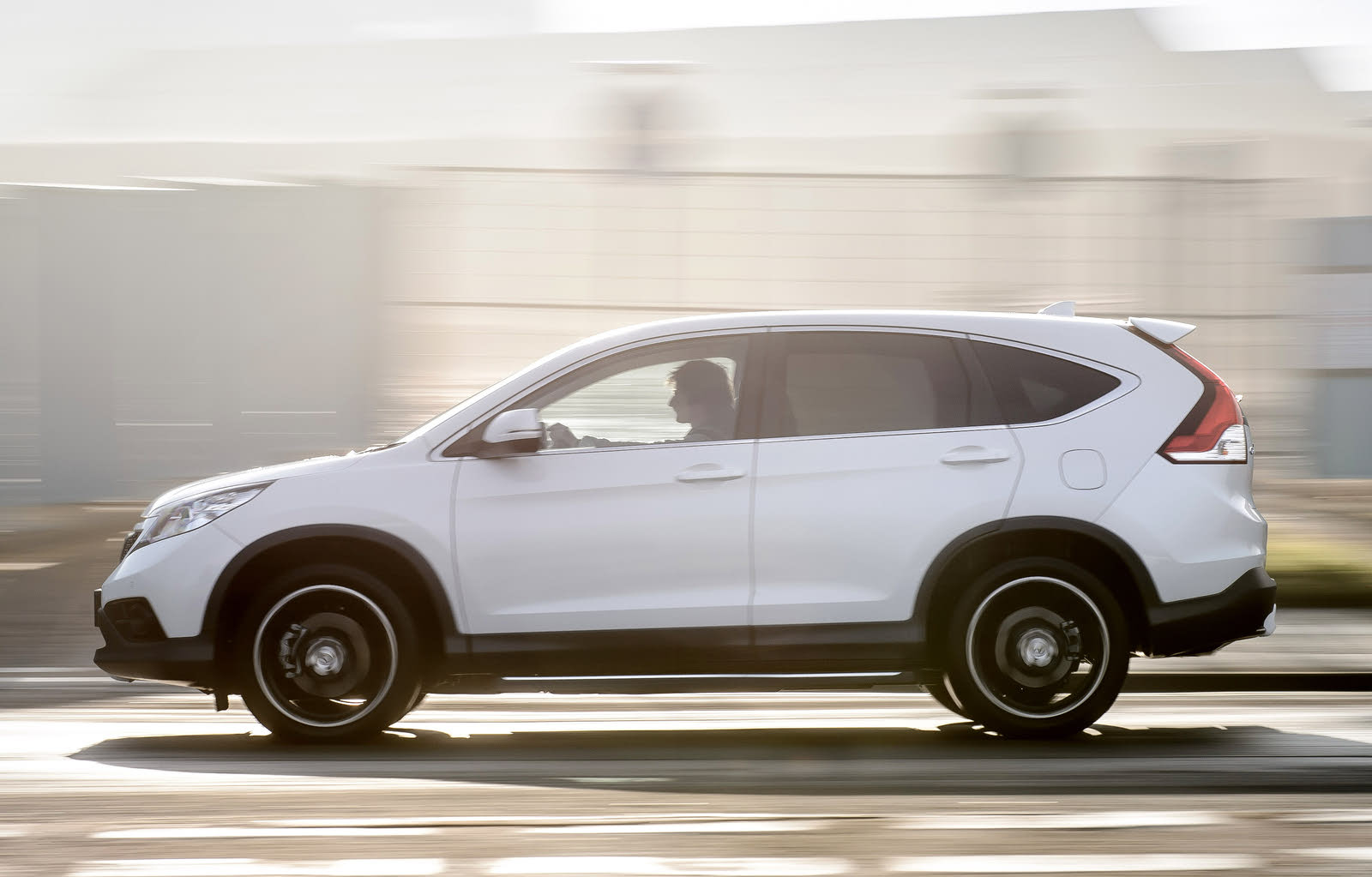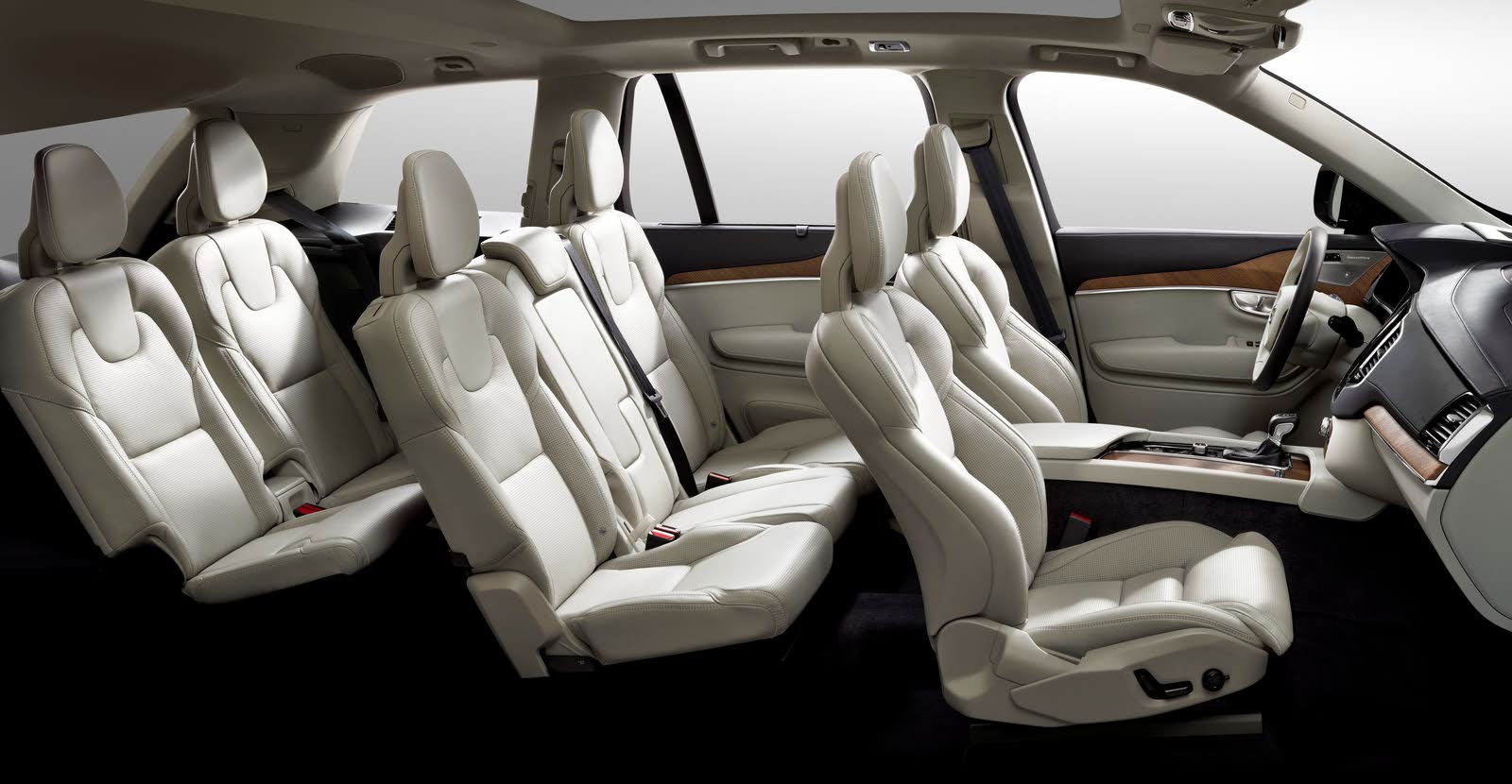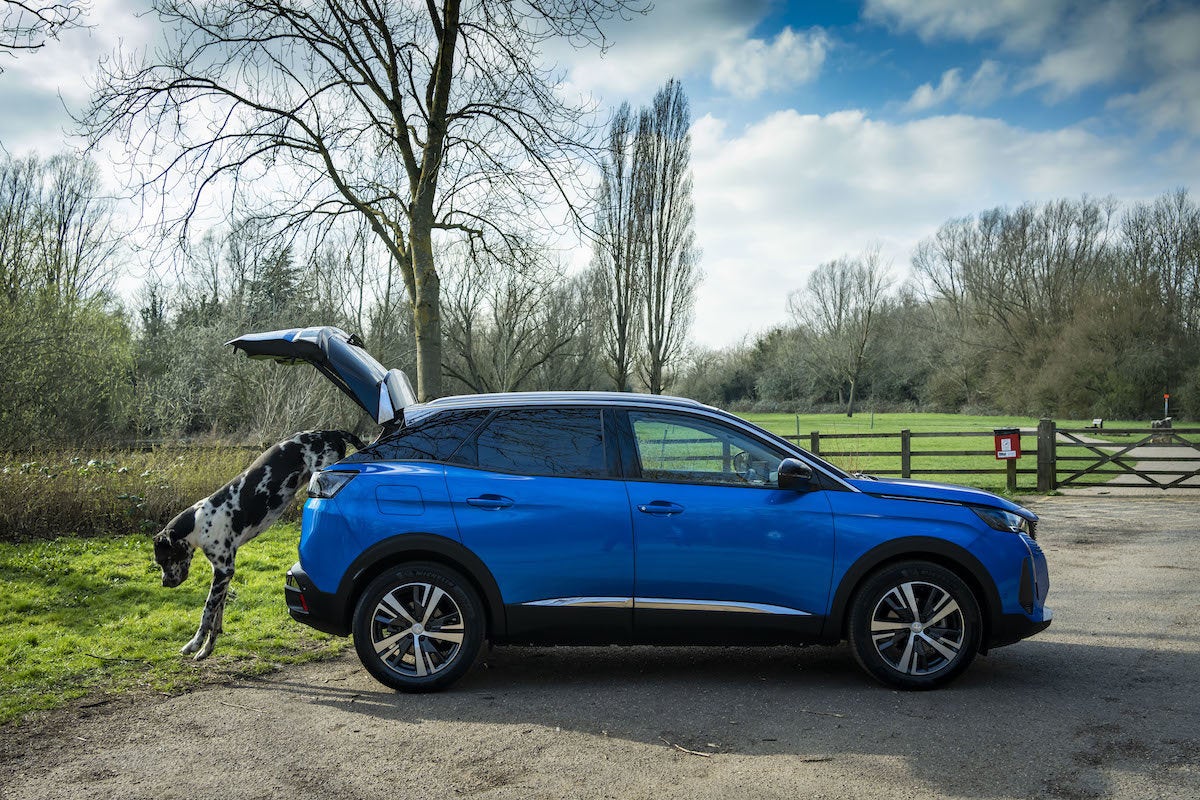SUV stands for Sport Utility Vehicle, and is a term that's become shorthand for a type of car that looks like full-blown off-roader but that is actually going to spend most of its time with tyres firmly on Tarmac.
Long gone are the days when off-roaders were driven predominantly by people who actually drove off-road and needed the versatility of four-wheel drive in a vehicle such as the Range Rover or an original Jeep. For years, modern SUVs such as the Honda CR-V, and Volvo XC90 have proven that large, four-wheel-drive vehicles can be engineered to behave on roads like a conventional car while maintaining enough off-road ability to cope if necessary. Some, such as the Porsche Cayenne and BMW X5, can even feel quite sporty.
This increased choice has coincided with a surge in popularity, to the extent that the term SUV has become part of the motoring vernacular.

What's the Difference Between an SUV and a Crossover?
The terms SUV and crossover are often used interchangeably, but there is a subtle difference that's related to how the cars are built. Traditionally, an SUV would sit on a bespoke platform where the chassis and body are separate components, allowing for more rugged duties such as towing or driving off-road.
A crossover, on the other hand, sits on the same type of platform as a conventional car where the chassis and body are integrated (sometimes referred to as a unibody construction). However, compared with a conventional hatchback passenger car a crossover uses a taller body and elevated ride height to give it the appearance and interior space of an SUV. Hence it is a crossover between the two vehicle types of hatchback and SUV.
The most obvious example of a modern midsize crossover is the Nissan Qashqai, which first went on sale in 2006. Nissan's idea was to replace the traditional family hatchback with a car that had similar purchase and running costs but that looked more like an SUV and offered more interior space. So successful was the Qashqai that Nissan would go on to spend years watching as rivals chased to catch up.
The problem with trying to make distinctions between crossovers and SUVs today is that developments in chassis design and electronics have made SUVs more car-like in the way they drive and crossovers more capable in snow and mud. So in reality many people consider them to be one and the same thing.
Compact SUVs and Compact Crossovers
In addition to the cars mentioned above, there are now classes of so-called compact SUVs and compact crossovers. Again, there's a distinction between the two, although the lines are very blurry. The term compact SUV (or small SUV) would ordinarily be used to describe 'proper' SUVs with some form of off-road credentials such as the BMW X3 and Range Rover Evoque.
A compact crossover on the other hand will have its roots in a small hatchback or supermini. However, while its footprint might be small, the tall body of a compact crossover tends to result in good interior space, making these popular family cars. Despite its added ground clearance over a hatchback, a compact crossover will have barely any extra off-road ability. Examples of the (hugely popular) compact crossover class include the Ford EcoSport, Renault Captur, Nissan Juke, Kia, Stonic and Hyundai Kona. While there are exceptions, compact crossovers are more often than not only offered with front-wheel drive, which along with their smaller size helps to improve fuel economy.

Which SUV or Crossover Should I Buy?
Chances are you won’t actually know (or care) whether the car you are looking at is a crossover or not, because most are simply described under the umbrella term of 'SUV' anyway. What's more important is to think about the size of the SUV that you might need, and another way to do this is to divide them into small (think Nissan Juke, Mazda CX-3), midsize (Mazda CX-5, Audi Q5) and full-size (BMW X5, Audi Q7).
Also think about your budget (whether you're buying outright, leasing or using a finance product such as PCP), whether you want to buy a used car or a new one, and your priorities, for which you might consider things such as:
- Practicality
- Performance
- Fuel efficiency
- Low emissions
- Off-road capability
- Two-wheel drive or all-wheel drive (AWD)
- Petrol, diesel, hybrid, plug-in hybrid, or electric
- Do you want to use the car for towing?
- Should your SUV look sporty?
With so many types of SUVs on sale, there is almost certain to be a model to suit your needs and your budget. Just be sure that if you do need to do any serious off-road driving that you lean towards a full-size SUV or a more traditional 4-wheel drive off-road vehicle such as a Toyota Land Cruiser or Land Rover Discovery.

SUV Seating Flexibility
One of the big advantages of an SUV or crossover compared with conventional passenger cars is its flexible seating. For a start, parents of small children generally regard the raised ride height as a bonus, because it means less bending down to strap kids into the car. Additionally, many crossovers and SUVs, including the Skoda Kodiaq, Audi Q3 and Volvo XC90, feature rear seats that slide fore and aft on runners, allowing you to swap legroom (or child seat space) for extra boot space, and adjustable backrests that can improve passenger comfort.
For those with larger families, several car manufacturers offer crossovers and SUVs can be ordered with a third row of seats that fold out of the boot floor to provide room for seven to travel. These extra rear seats are, however, almost always only suitable for children, and you should also ensure access isn’t overly difficult. If you're after a ultimate seven-seater space and flexibility it could be that an MPV such as the Volkswagen Sharan or Ford Galaxy is a better bet than most crossover SUVs.
Do SUVs Have Big Boots?
SUVs and crossovers tend to have larger boots than their hatchback equivalents, but generally speaking they don’t offer as much room as a more traditional estate car. Be sure, therefore, to verify a potential purchase will carry larger items if required, whether it’s a baby buggy or a set of golf clubs.
If you are considering a model with seven seats, it’s important to check how much boot space remains when all the seats are in place. The best SUVs will leave enough room for a weekly shop, whereas the worst struggle to fit an umbrella. Cross-shopping between premium and mainstream brands is a good way to see what your money will get in this regard – compare a similarly priced seven-seat Land Rover Discovery Sport with a Kia Sorento for an example of this.

Are SUVs Good for Dogs?
Many people who buy SUVs do so with a view to carrying a dog in the boot. Be aware, however, that cars of this type have a significantly raised load height compared with a conventional estate, which can make access tricky for older dogs. Therefore, it might be worth convincing a seller to allow pooch to try hopping in and out of the car as part of your test drive. For more on this topic, check out our guide to the Best Cars for Dogs.
Are SUVs Difficult to Park?
The styling of many SUVs and crossovers can compromise rear visibility, and it can also often be difficult to see where the bonnet ends. As such it is worth seeking out a model with parking sensors on the rear and preferably the front of the car, too. A reversing camera can be another useful addition when it comes to slotting a large SUV into a small parking space.
As part of your test drive, you should also ensure the controls aren’t too heavy to operate and that the car’s body doesn’t lean excessively in corners. Also think carefully about ride comfort, particularly if large alloy wheels are fitted. These might look great, but they can be easily damaged and will result in a firmer ride than the same car on smaller wheels.
